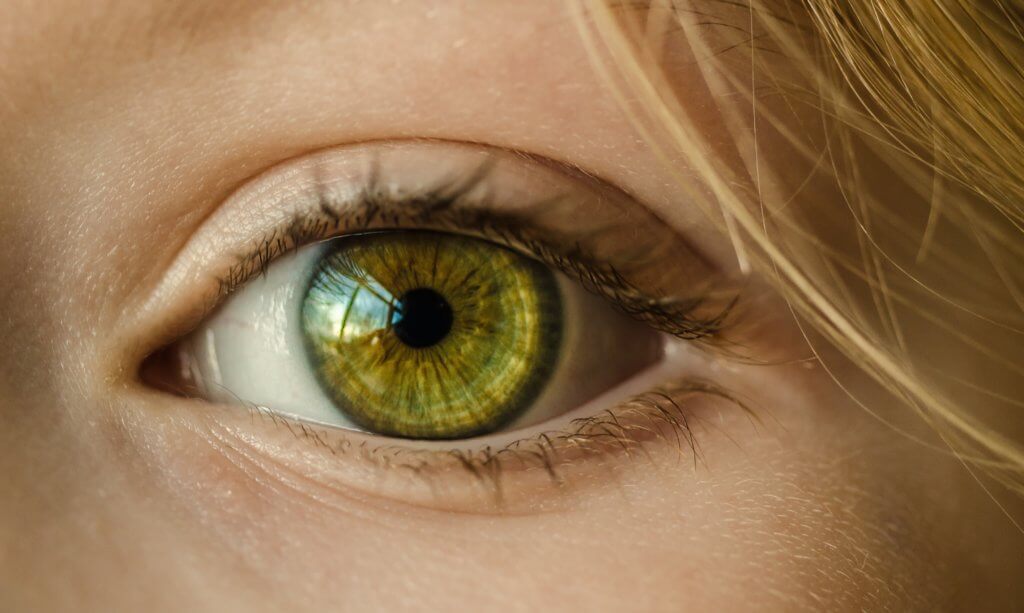Focusing intently on something often means staring straight at it. But new research reveals the connection between visual attention and eye movements relies on sophisticated coordination deep in the brain – coordination that can break down.
Scientists at India’s Centre for Neuroscience (CNS) probed this relationship via clever experiments published in two studies. Their findings help explain why attentiveness falters in disorders like ADHD, while showcasing the brain’s remarkable multitasking abilities.
Coupling Attention and Gaze
Typically, where we attend matches where we look. Shifting attention to an object allows clearer perception so we can gather critical details. Scientists call this enhancement just before glancing somewhere “pre-saccadic facilitation.”
But researcher Priyanka Gupta discovered that if the glimpsed object unexpectedly changes, that benefit vanishes.

“Our study provides an interesting counterpoint to many previous studies which suggested that pre-saccadic attention is always beneficial,” says CNS neuroscientist Dr. Devarajan Sridharan, senior author on the PLOS Biology paper, in a statement.
In his team’s test, volunteers monitored patterns on a screen peripherally before having to shift their eyes towards the patterns. Trying to detect subtle orientation changes became harder when alterations occurred right before saccadic eye movement, the moment attention normally brings scenes into sharper focus.
Delinking Attention and Gaze
Clearly attention mechanisms falter if the visual scene shifts suddenly. But how are attention and eye movements coordinated below the surface?
To probe the underpinnings, Sridharan’s group designed a slick experiment published in Science Advances. They trained monkeys on an “anti-saccade” task – paying attention to objects but then looking away from them when cued. This helped pry apart brain activity controlling what monkeys visually attend versus where their eyes move.
Monitoring hundreds of neurons in the visual cortex revealed surprising stratification. Surface cells fired to flag important objects for attention focus. But deeper neurons dampened background noise to prioritize what mattered, sans eye movements towards them.
“Discovering such mechanisms is vital for developing therapies for disorders like ADHD,” says Sridharan.
Understanding why attention falters in conditions like ADHD means clarifying how such coordination succeeds in healthy brains. By peeking into neural circuitry governing both attention and eye movements, Sridharan’s team elucidated subtle interacting processes easy to take for granted.
Their insights may someday help diagnosis and treat attentional dysfunction by pinpointing where finely tuned brain systems go awry.

Attentional Flexibility
But the research also highlights the flexibility underlying faculties we consider routine. Reflex-like gaze direction evidently operates independently from visual selection systems. Our eyes sometimes move counter to attention’s spotlight if overridden by urgent cues, thanks to distinct control channels evolved for speed.
What seems effortless takes orchestration across layers of neurons utilizing specialized coding. Fortunately processing areas can partly compensate for mismatches, usually quickly reconciling competing operational demands.
Of course limited capacity strains when environments bombard us with stimuli and imperative signals. Research clarifying brain mechanisms, capacities, and thresholds will prove invaluable for ameliorating deficits.
“This is essentially basic science,” acknowledges Sridharan. “But such insights can be useful for how we track multiple objects in rapidly changing environments.”
Examples include weather hazards while piloting aircraft or sudden traffic shifts when driving. bolstering the flexibility to fluidly re-target attention represents an evolving scientific frontier with real-world dividends.
By documenting the interplay of attention and eye movements, CNS scientists advanced understanding of a complex behavioral conduit fundamental to survival. One gaze seems trivial until appreciating the intricate neural choreography behind it – certain to inspire further investigation on the road ahead.












